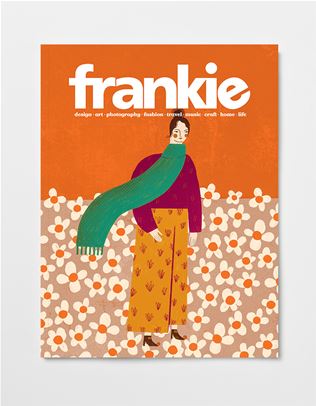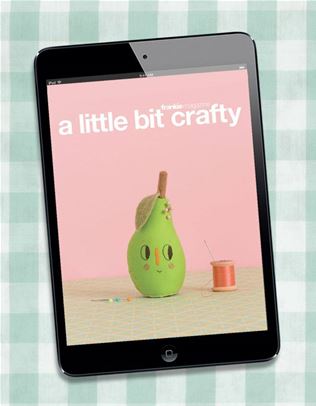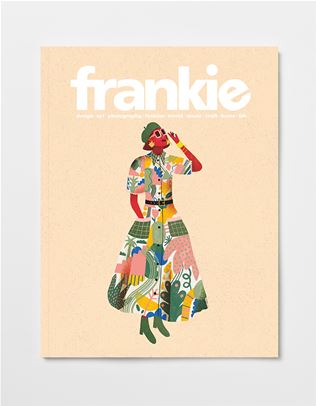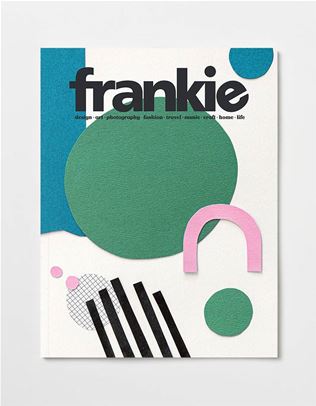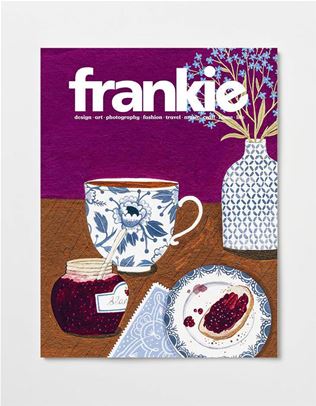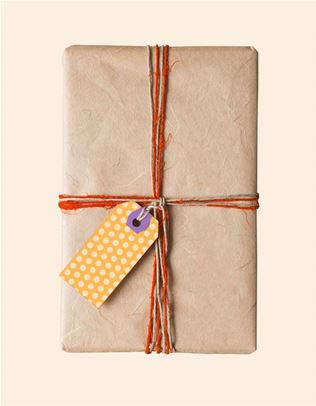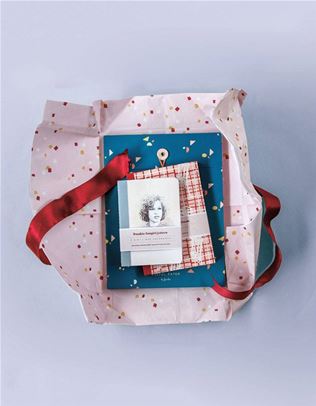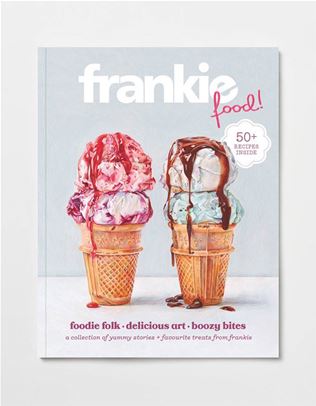the good and bad of diy sewing dupes
In issue 121, Elsie Lange discusses the grey area of sewing duplication.
We are seeing the democratisation of high-end fashion in real time, or at least that’s how many feel about the rise of TikTok sewing tutorials demonstrating how to make that Ganni top. You know the one – with the puffy sleeves and cute little bows at the front like a femme cottagecore dream. People say, “If I can’t afford it, why can’t I just make this nostalgic reclamation of girlhood, embodied in an item of charming attire, for myself?” The answer is: you can, but it’s probably good to consider the ethics of it all. Because at the end of the day, no matter how big the brand, someone, somewhere came up with that idea. Then again, it’s nearly impossible to create anything original anymore. We have been duplicating, altering and repurposing other people’s designs for centuries. That’s fashion, baby.
Time for some herstory. From the get-go, couture has been a game of copycat. Knockoff Economy co-author Kal Raustiala puts it like this: “Fashion relies on trends, and trends rely on copying,” he tells NPR. “So you can think of copying as a turbocharger that spins the fashion cycle faster.” A 2015 exhibition at the Fashion Institute of Technology in New York, Faking It: Originals, Copies and Counterfeits, highlighted the long history of fashion knock-offs. Back in the early 1900s, for example, undercover sketchers would stealthily draw the designs they saw in Paris and sell them on. Speaking to the Daily Beast, exhibition curator Ariele Elia says she became fascinated by the idea that history has shown time and time again that “no matter what, any garment or product that is in high demand will be copied.”
Copying occurs at all levels of the fashion industry, too. Fast fashion retailers like Zara have been known to take, shall we say, inspiration *cough* from luxury brands like Balenciaga (they sold sneakers strikingly similar to the original Triple S that retail for more than a grand) and have allegedly ripped off homegrown artists such as Georgia Perry (frankie issue 119 cover artist) for their accessories. Then at the top end of town, we saw Gucci in 2018 present a near-clone of a jacket by 1980s fashion designer Dapper Dan – which is ironic considering his luxury streetwear played on high-end logos from brands that, according to The Guardian, had “overlooked black clientele”. GQ fashion writer Rachel Tashjian puts it best: “A garment is perhaps only as powerful as the number of knockoffs it inspires.”
You might be wondering about that little old thing called copyright law. Well, in Australia, copyright does not protect ideas, information, styles, techniques or methods – it simply protects how a concept is conveyed. According to the Australian Copyright Council, reproducing a sewing pattern by “tracing or photocopying … or by cutting out fabric or other material in accordance with the pattern” is a breach of copyright – unless the copyright has expired. But if you want to create a pattern based on an image of a garment you saw online without getting sued? Sew for your life!
It’s only natural that our unquenchable thirst for an accessible DIY project, coupled with the sheer pervasiveness of Pinterest fashion girlies on our feeds, has led to the recent explosion of how-to sewing videos. Prior to the industrial revolution, sewing and pattern drafting knowledge was secret and only passed on through apprenticeships. It’s a pretty hands-on way of learning, which could explain why Olivia Gobran, the brains behind the Wollongong-based Sewing Collective, has seen growing demand for in-person workshops that go back to basics. The collective, which launched in late-2023, is a community hub where sewists can come together and make cute stuff.
Olivia’s own love affair with sewing began at the end of 2019, and now she teaches the workshops and hosts sewing socials in between her work as a full-time ecologist. “I’ve already seen so much interest in beginner classes, so much more than I expected – that’s been really cool,” she says. “I forget how intimidating it is; it’s a machine, there’re needles, there’s cutting… people really just want to go right back to basics and focus on getting those foundational skills.”
Olivia too has witnessed the boom in social media tutorials for how to make coveted wardrobe items, and while she suspects the cost of living could be preventing people from enrolling in workshops, she’s seen more interest in her business in general. “People have been following, commenting, saying they are inspired … however people can interact with sewing is awesome,” she says. For Olivia, the sewing dupe trend isn’t a concern if it means people are able to recreate something they want to wear for their own enjoyment – it’s when patterns that are exact replicas of existing garments are distributed and sold that things get “murky”.
RMIT fashion and design lecturer Dr Georgia McCorkle concurs that at the end of the day, it’s about considering who is benefiting from a dupe. “If an individual sewist is making that design just for themselves, there’s not necessarily a harm,” she says. “It's a little bit different to a fast fashion company taking a high-end design and then copying that for profit.”
Mel Tesch, or @meltstitches on Instagram, is one online sewist who has “no bad feelings” about jumping on the ‘Ganni top’ trend. “I personally think it’s not a big deal, as long as it’s for personal use and you’re not selling a bunch of them,” she says. Mel was gifted a Singer sewing machine five years ago, and had a crack at learning to sew. But when she looked online for information or tutorials, all she could find were old blogs. “There wasn’t that strong of a presence of sewing accounts on Instagram like there is today,” she explains, noting that sewing content on social media “can be quite motivating”.
“What you see in the 15 seconds is not all that’s required to sew something, but it can show you that anyone can do it,” she adds. Over the past few years, Mel has documented her creations online and has built a community of like-minded lovers of stitching. “Through my account, I’ve formed so many connections,” she says. “I never thought it would have grown the way it has; I’ve been really lucky.”
While sewing your own clothes might seem like a thrifty way to stay hip during a cost-of-living crisis, Mel reckons it’s not necessarily the cheaper option – startup costs, including buying a machine and other gear, can haber-dash your savings away. But she has some penny-wise tips, such as finding a machine on Facebook Marketplace, upcycling unwanted items like curtains, and shopping at estate sales or op shops for material. “I went to visit my mum the other week and she handed me an IKEA doona cover from my childhood. It’s a pretty floral pattern and all cotton, and I can’t wait to turn it into a dress.”
Online sewists who are teaching the art of the dupe are also using op-shop finds to do so – think old dad shirts transformed into a blouse or dress. The trend is called ‘thrift flipping’. Creators film the before and after of an upcycled, secondhand piece which they promptly turn into the latest duds in vogue. And while this may seem innocent, and quite sustainable, this particular trend has been criticised for perpetuating fatphobia, as some creators thrift and flip plus-size clothes into garments for smaller bodies.
Writing for Dances With Fat blog, Ragen Chastain chimes in on the issue. “The bottom line when it comes to ‘re-purposing’ plus-size clothes is that they already have a valid purpose, and that purpose is to clothe plus-size people,” Ragen says. Furthermore, when thrift flippers sell their upcycled op-shop clothes online, the people who rely on op shops just to find something to wear are the ones who miss out. It also doesn’t help that op shops are now chock-a-block with poorly made fast-fashion knock-offs. On top of that, op shops are facing the rising cost of clothing waste disposal (which they utilise for damaged donations) and rent, forcing them to increase their prices. Finding something that is both affordable and high quality has become elusive – it’s understandable that some people feel a bit peeved about the whole thing.
Whether people agree with the art of the social media fashion-dupe tutorial, it’s probably here to stay. Sewists are the poets of the fashion world, and we think TS Eliot summed it all up fairly well: “Immature poets imitate; mature poets steal; bad poets deface what they take, and good poets make it into something better.” And, according to Olivia, anything that encourages more people to sew is probably a good thing. “We live in a very online world, always looking at screens for work and leisure time … to actually make something with your hands feels so satisfying and empowering; it still blows me away every time.”
This article was featured in frankie issue 121. To get your mitts on a copy, swing past the frankie shop, subscribe or visit one of our lovely stockists.

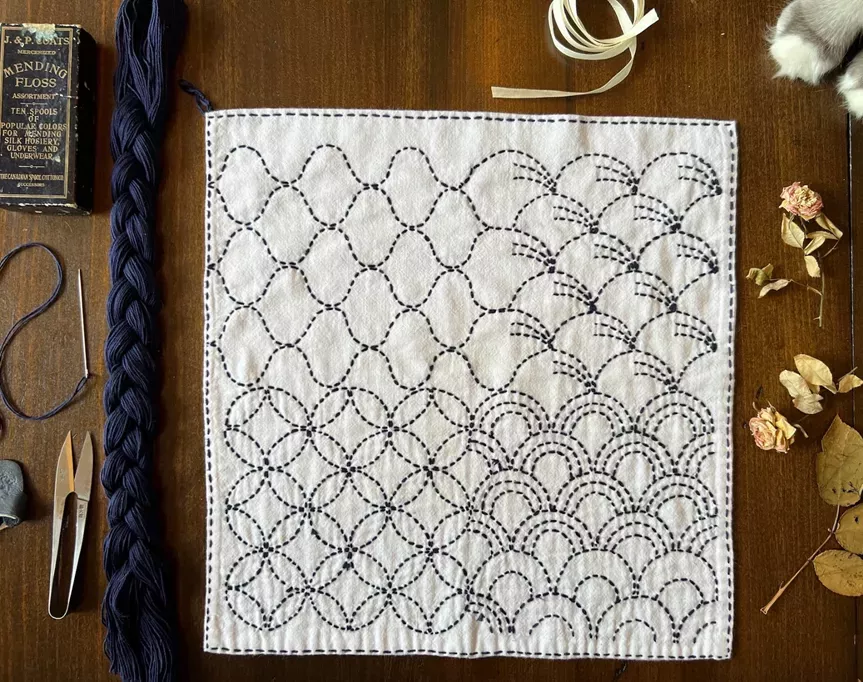
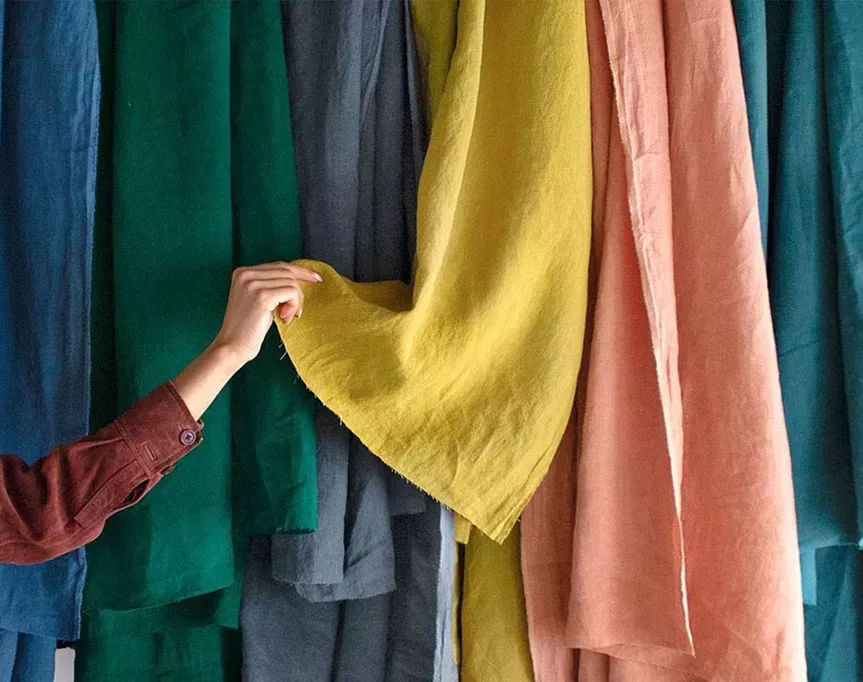
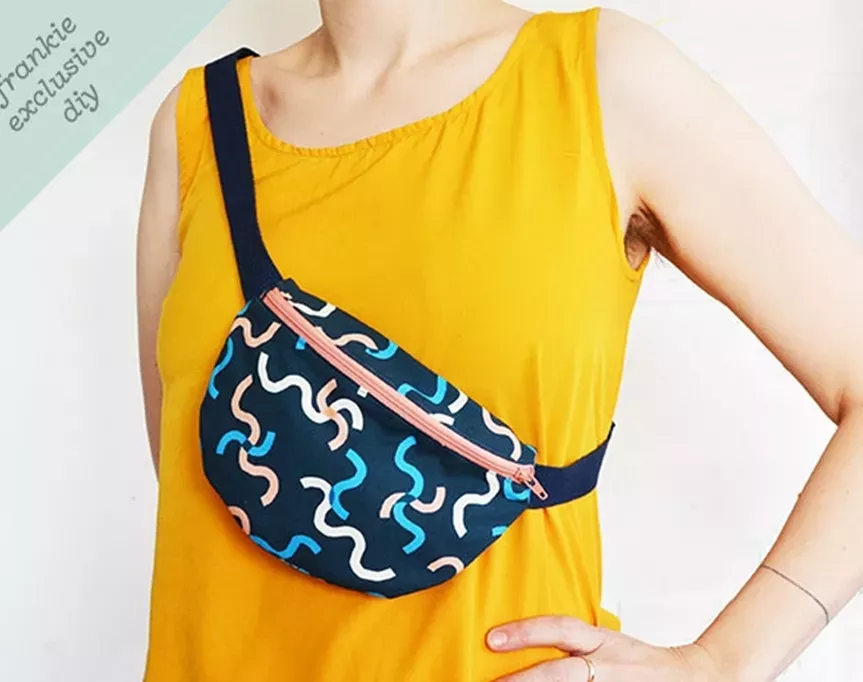
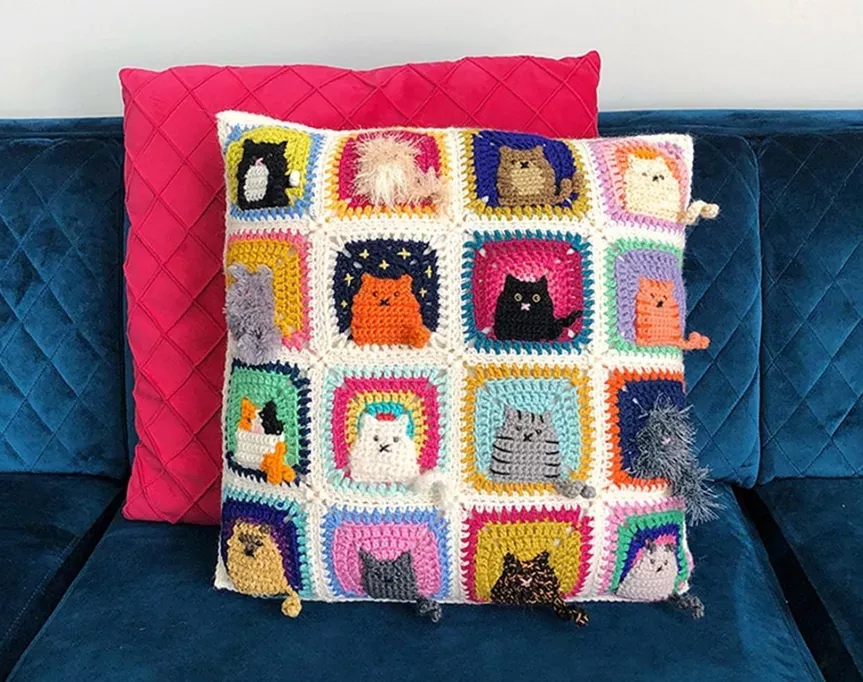
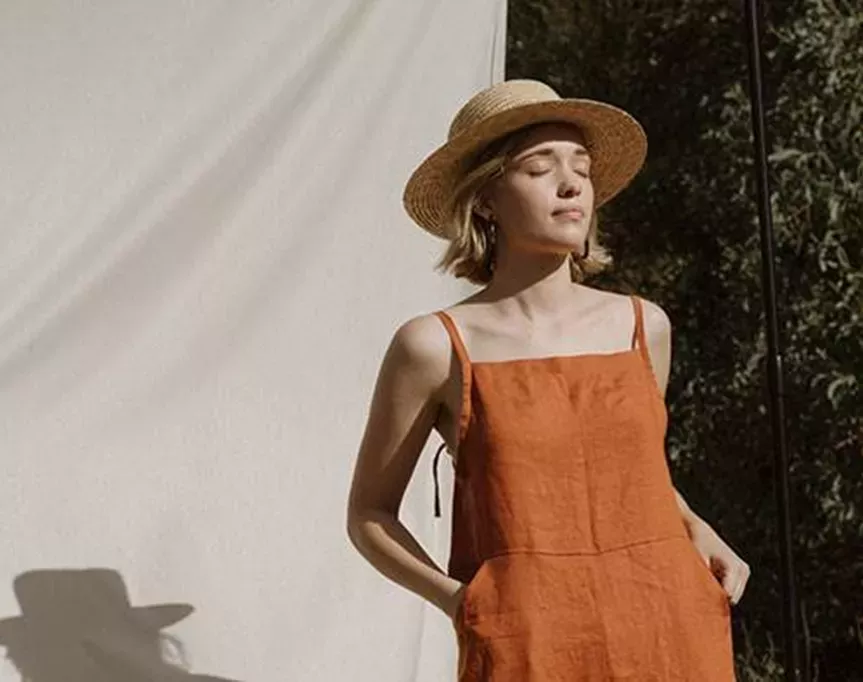
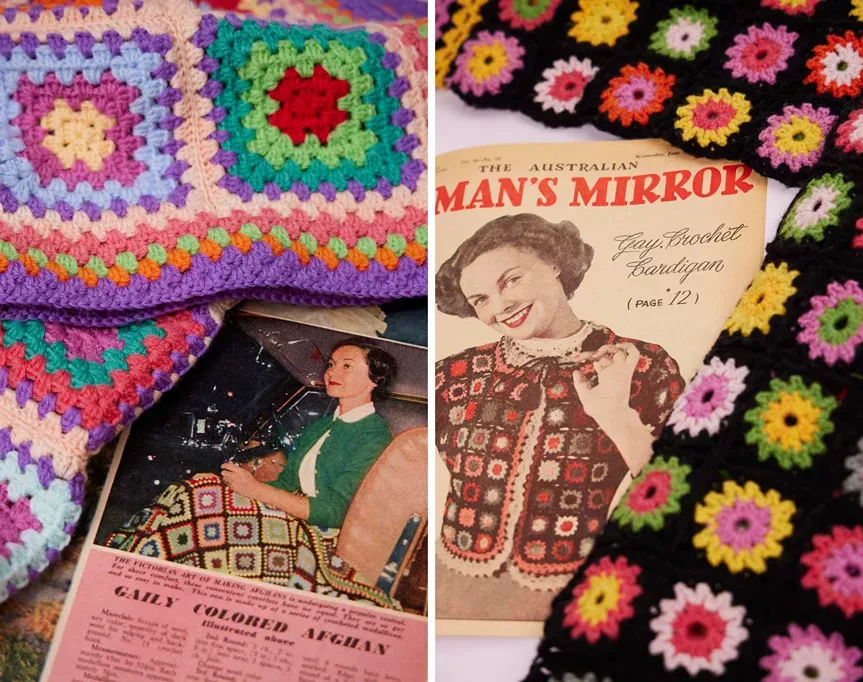

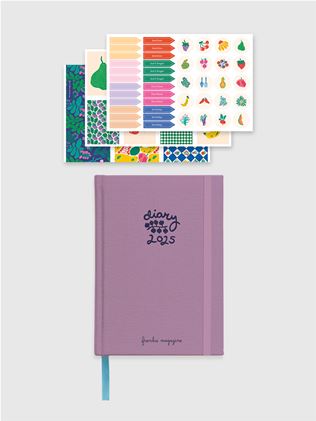
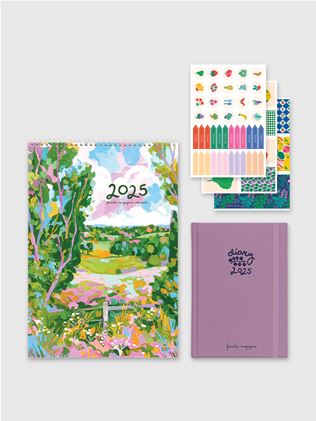
.jpg&q=80&w=316&c=1&s=1)
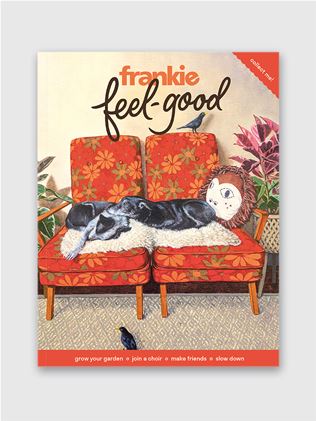
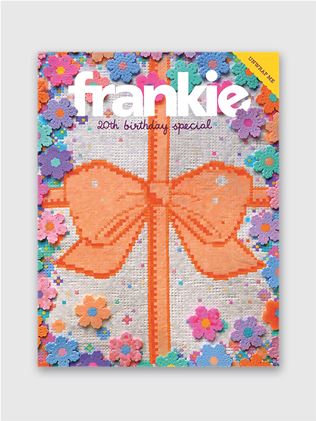
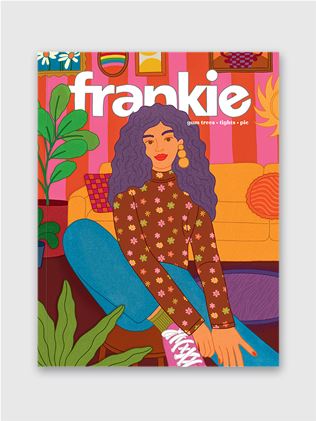
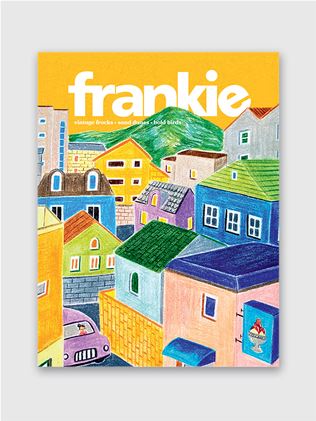
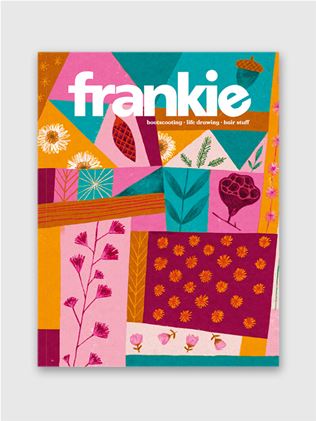
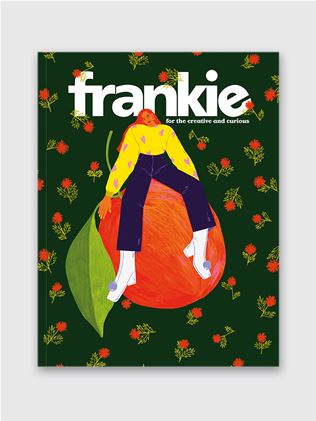
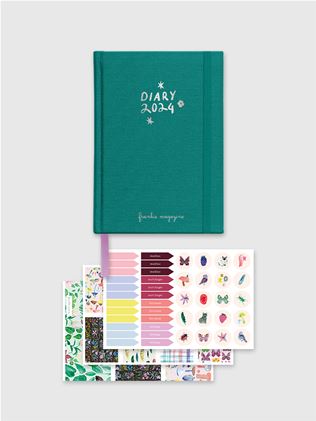
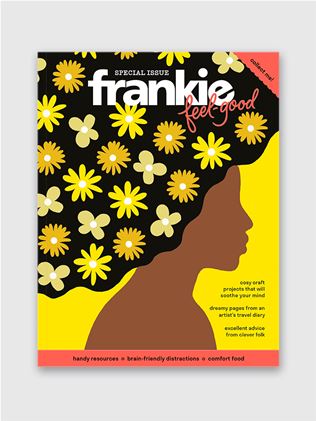

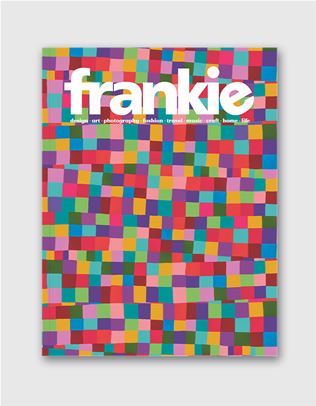
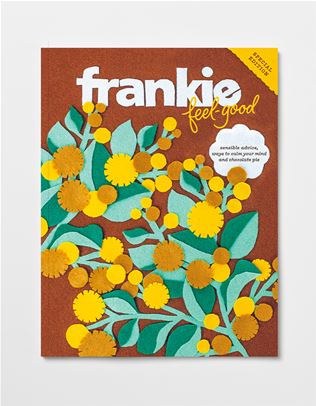
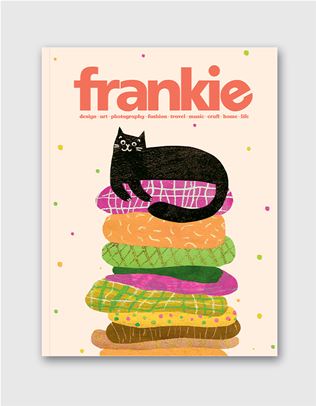
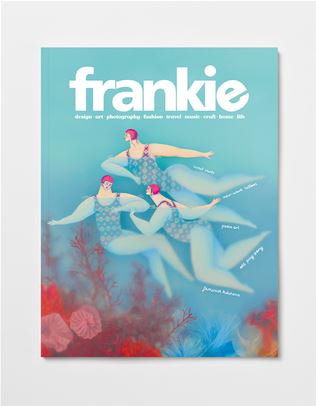
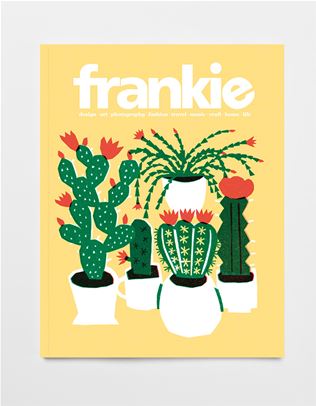
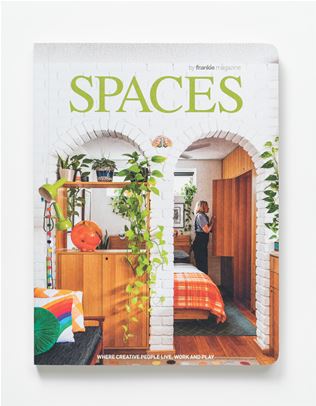
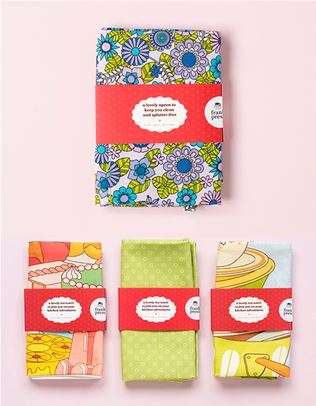
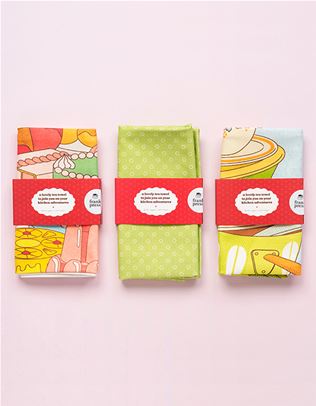
.jpg&q=80&w=316&c=1&s=1)
